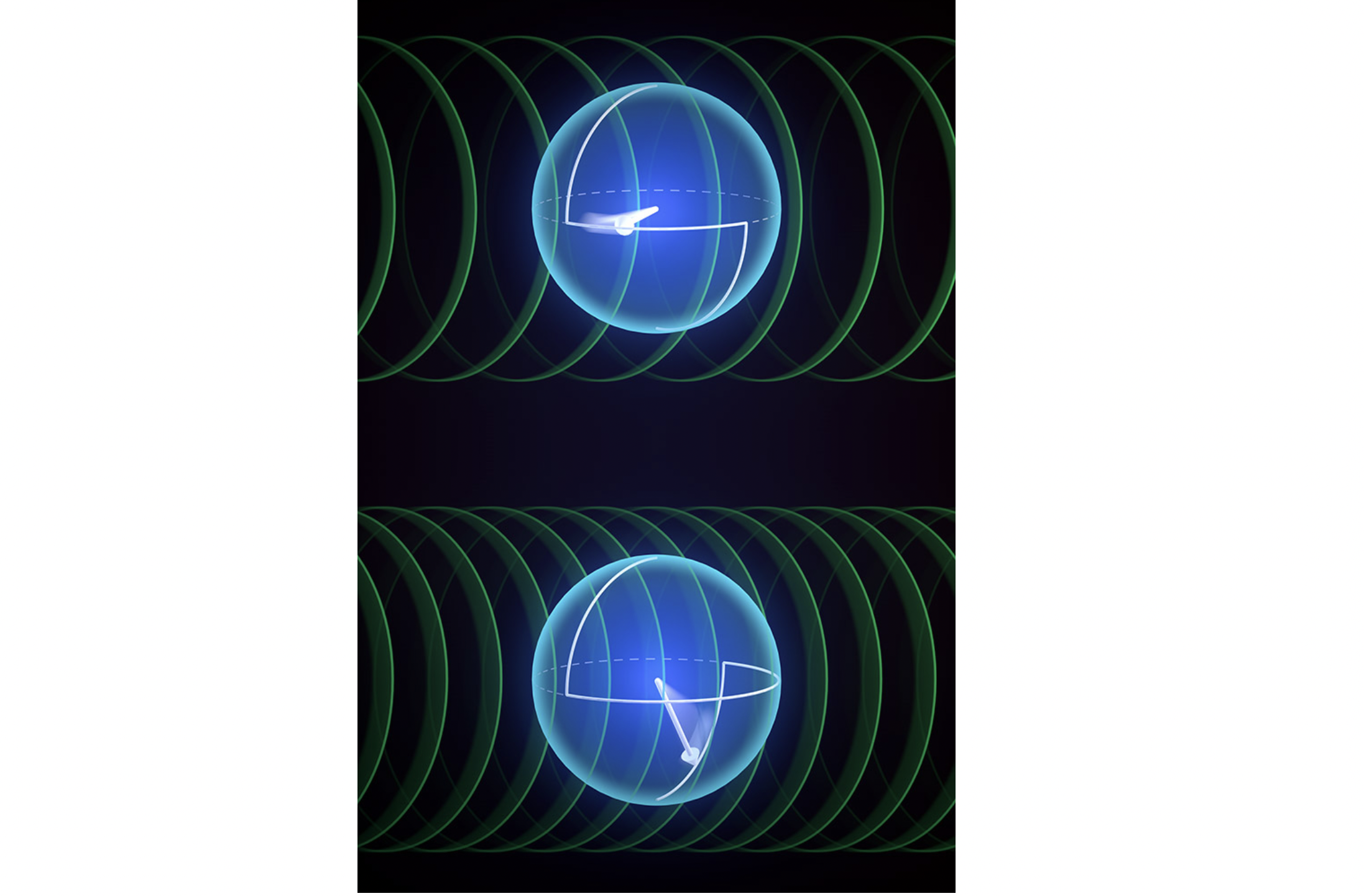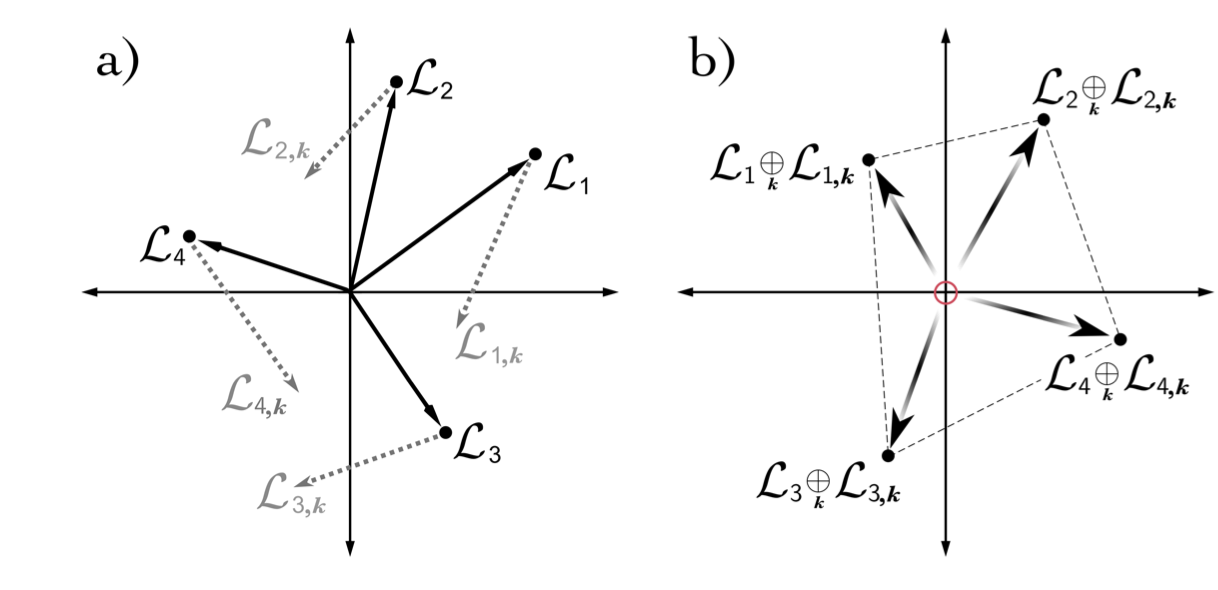
Machine Learning
- Studied the effects of noise on the performance of reservoir computing, a non-linear recurrent neural network. Presented findings on how noise influences the capacity of the system to learn a function. Find Details Here.
- Explored the possibility of utilising a quantum circuit as a kernel in quantum machine learning. This probe into the dynamics of n qubits offers a non-linear mapping for better understanding quantum machine learning. Find Details Here.
- Worked on optimizing a parameterized quantum circuit using a classical computer in the context of quantum machine learning. Devised strategies to make optimal use of the available sample space. Find Details Here.
- Demonstrated that physical, noisy analog reservoir computers have limited capabilities in computing deterministic functions, but indicated these can learn functions with outputs as random variables. Find Details Here.

Asymptotic Characterization
- Delineates a "no free lunch" theorem for sensor performance across various frequencies, with the help of entanglement. Find Details Here.

Control, Numerical Methods and Optimization
- Explored using convex optimization to design controls for a quantum computer with randomized errors, shifting from systematic errors. Demonstrated possibilities of using the objective function towards favoring sparsity and error maps conducive to Monte Carlo simulation. Find Details Here.
- Analyzed the feasibility of deformable mirrors in addressing single ions using analytical models and numerical solvers. This adds to the understanding of quantum computers' scaling problem. Find Details Here.

Randomization and Statistical Analysis
- Developed a characterization technique for quantum computers, extending randomized benchmarking, which was a significant part of my Ph.D. thesis. Find Details Here.
- Further extended these results to estimate errors under a Markovian error model using non-Hermitian perturbation theory. Find Details Here.





